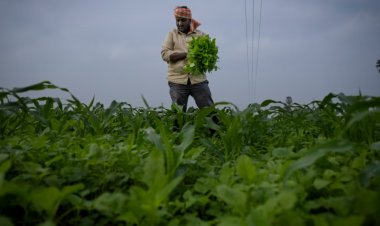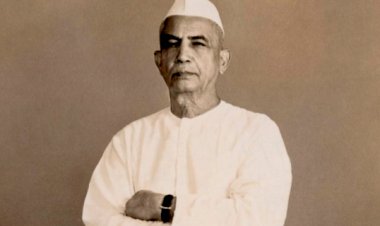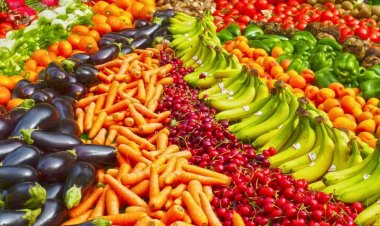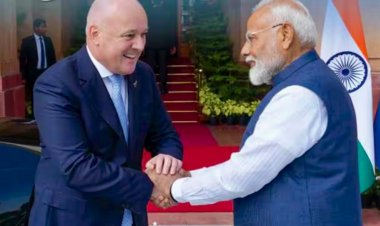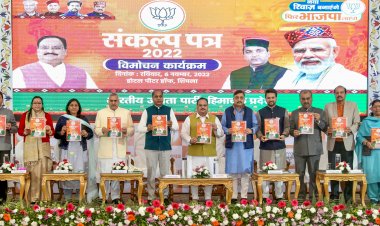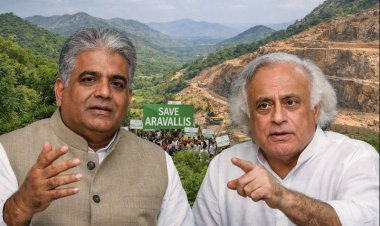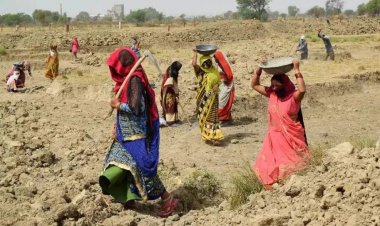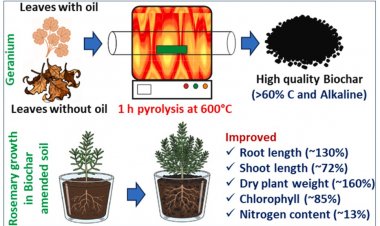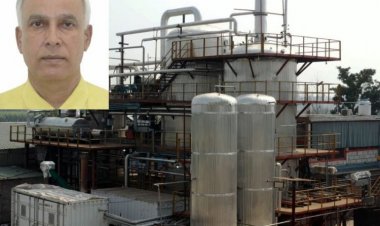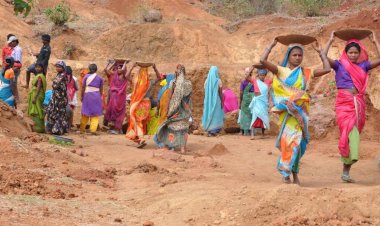Can WTO's first woman chief address inequities in global farm subsidies
The current WTO rules allow rich countries to liberally subsidise their big agri-businesses, while penalising countries like India that provide MSP support to small and medium farmers. Will the appointment of a new WTO chief, the woman and from Africa to hold the post, make a difference?

After months of the impasse caused by the intransigence of the Trump Administration, Dr Ngozi Okonjo-Iweala was appointed as the Director-General (DG) of the World Trade Organization (WTO), the first woman executive head of the Organization as also the first from the African continent. Coming as it does at a crucial juncture when most countries, especially in the developing world, need more than a helping hand from global markets to revive their economies, would Dr Okonjo-Iweala, an erstwhile development economist, help the WTO remain honest to its objectives of addressing the inequities in the global trading system?
Among the agreements covered under the WTO, the Agreement on Agriculture (AoA) remains the most unequal. Although agriculture continues to engage a sizeable section of the workforce in a large number of developing countries, global markets for agricultural products are dominated by the United States (US) and the members of the European Union (EU). This perverse outcome has resulted largely from the liberal subsidies that the two strongest members of the WTO have provided to their agri-businesses.
The AoA was negotiated in order “to bring more discipline and predictability to world agricultural trade by correcting and preventing restrictions and distortions, including those related to structural surpluses, so as to reduce the uncertainty, imbalances and instability in world agricultural markets.” On the specific issue of agricultural subsidies, the AoA was expected to improve “the competitive environment by increasing discipline on the use of all direct and indirect subsidies and other measures affecting directly or indirectly agricultural trade, including the phased reduction of their negative effects and dealing with their causes.” However, when the US and the members of the EU sealed the Blair House Agreement in 1992, settling their inter se differences on agriculture and paving the way for the formalisation of the AoA, they had ensured that their respective farm sectors would continue to receive significant levels of subsidies.
The subsidies’ discipline under AoA is so designed that the forms of subsidies that the US and the EU provide are effectively free from most of the stringent disciplines. For instance, direct income support that the US had provided in the past and that is among the major forms of support that the EU provides currently, is part of the so-called “Green Box” support, on which there are no spending limits. Likewise, the decades-old US policies of disbursing food aid to its disadvantaged sections through stamps and related programmes do not have any spending limits. And EU’s policy of supporting supply management measures, the so-called “production limiting programmes”, is also free from the spending disciplines introduced by the AoA.
Contrast this with the situation that India faces. The main forms of subsidies that the Government of India provides to agriculture, namely, input subsidies and administered price support (minimum support price), are both subjected to spending limits. The total value of subsidies provided in any given year cannot exceed 10 per cent of the value of agricultural production. However, India can exclude “agricultural input subsidies generally available to low-income or resource-poor producers” from this spending limit. Considering that the Government of India has declared in the WTO that 99.43 per cent of the farm holdings (10 hectares and less) are operated by “low-income and resource-poor producers”, the spending limits should not hurt India at the present juncture. But with most of the major players in agricultural markets, including the US, the EU and Australia, questioning the veracity of declaring such a large share of farmers as “low-income and resource-poor producers”, Government of India would be under considerable pressure to change this definition during the future deliberations on agriculture in the WTO.
The most egregious aspect of the subsidies’ discipline is the manner in which the subsidies on account of administered price support (MSP, in the case of India) system are measured. The MSPs announced for the eligible crops for a given year are compared with their corresponding international prices (fixed external reference prices) during 1986-88, which are considered as the de facto competitive prices. The question that India and most developing countries have been raising since almost immediately after the disciplines under AoA became effective in 1995 is the justification of comparing the current levels of administered price support with a set of prices prevailing more than three decades back. In short, developing countries have argued that the methodology for measuring the impact of administered price support is completely erroneous.
India did not have to suffer the negative implications of the above-mentioned flawed methodology on account of granting administered price support for a number of years, since the government had decided to report the MSP in terms of US dollars. The steady depreciation of the Indian Rupee meant that the MSP for all crops, except rice, remained well below the fixed external reference price until recently. However, in 2018-19, the MSP of all commodities had exceeded the fixed external reference price, with the exception of wheat. Although the levels of support are still below the threshold of 10 per cent, India’s subsidies’ bill could be pushing towards this red line stipulated by the AoA.
Another major source of imbalance in the subsidies’ disciplines of the AoA, one which discriminates against the interests of developing countries like India, arises from the double standards that the Agreement maintains in respect of domestic food aid programmes maintained by the WTO members. As mentioned above, the domestic food aid programmes of the US and the EU are not subjected to the AoA subsidies’ disciplines. However, the same is not true for the public distribution system (PDS) that India has adopted for providing cheap food grains to the underprivileged. This is because public stockholding of food grains, based on which India’s PDS functions, is brought under the AoA disciplines. The Agreement states that in respect of public stockholding, WTO members are allowed to procure and sell food grains at administered prices (MSP); but if the selling prices are less than the procurement prices, the difference between the two must be accounted for in the overall subsidies bill. In other words, the subsidies that the government provides to the underprivileged under the National Food Security Act (NFSA), must be accounted for in the country’s subsidies, which, as mentioned above, cannot exceed 10 per cent of the value of agricultural production. At the levels that the government has proposed its spending under NFSA in 2021-22 (over Rs 2,42,000 crores), India will violate the subsidies’ disciplines as its spending will exceed 10 per cent of the value of agricultural production. In other words, India would be forced to curb its spending on a critical social welfare programme.
In 2015, WTO members agreed that India would enjoy a temporary respite: there would not be any pressure on India to reduce its spending on NFSA under what is now known as a “temporary peace clause”. Although the WTO was expected to find a permanent solution to India’s problems of providing cheap food grains to its underprivileged, no initiatives have been taken in this regard.
There is no doubt that imbalances in the subsidies’ disciplines of the AoA have only grown over time, and despite the exertions made by the developing countries to get some of the most egregious provisions amended, these issues have always been vetoed by the developed country members of the WTO. Expectations were therefore very high that the first African woman DG of the organisation would be more responsive to the needs of the developing world. Dr Okonjo-Iweala’s initial pronouncements belie such expectations. While the agenda of the developed world figures prominently on her agenda, WTO DG pays mere lip service to the key issues on which most developing countries have been seeking amendments of WTO rules, especially in the AoA. The challenges for developing countries in the WTO look even more formidable.
(Dr Biswajit Dhar is Professor at Centre for Economic Studies and Planning,School of Social Sciences, Jawaharlal Nehru University)



 Join the RuralVoice whatsapp group
Join the RuralVoice whatsapp group

















